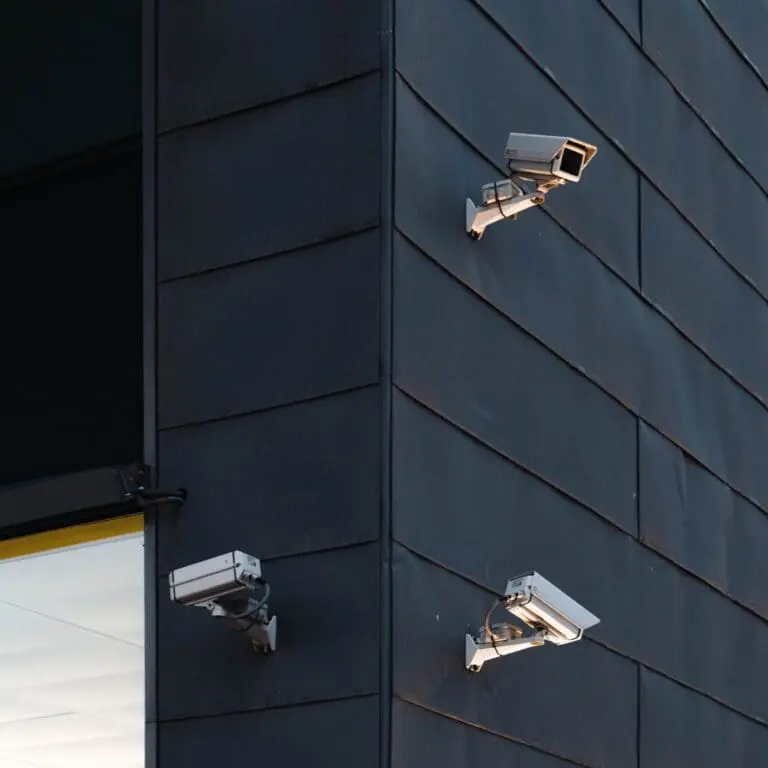Three Questions to Ask Before Connecting a Device to the Internet
Should you connect your latest device to the Internet? Lead Penetration Tester Scottie Cole recommends asking yourself some questions before you do.
Raxis Cybersecurity Insights From The Frontlines

Should you connect your latest device to the Internet? Lead Penetration Tester Scottie Cole recommends asking yourself some questions before you do.

Just a guy who left something at work and had to run back in? But that’s not my office, that’s not my badge, and, at sunset, my day is just getting started.